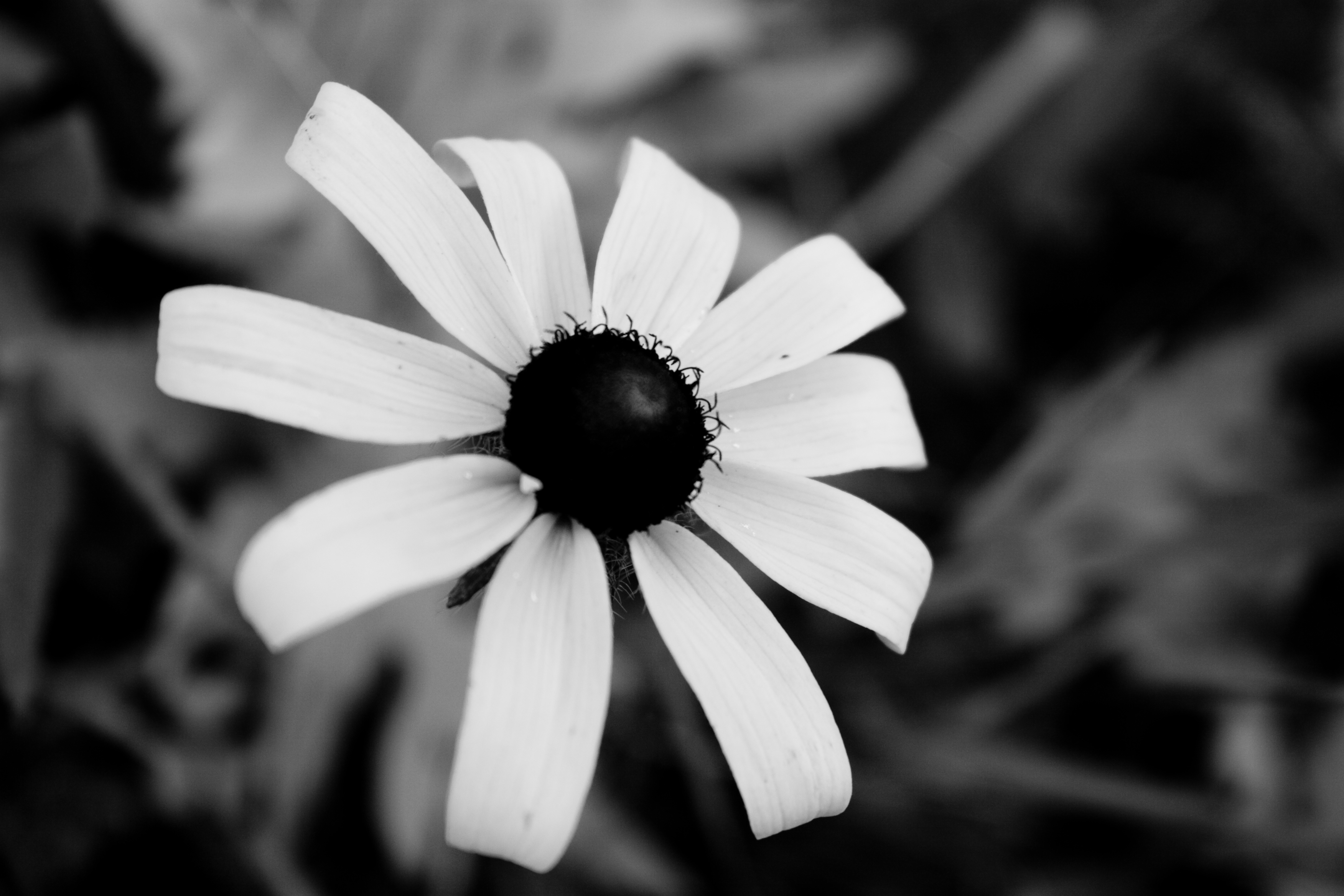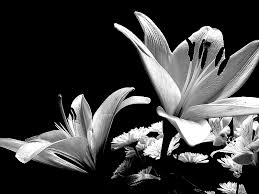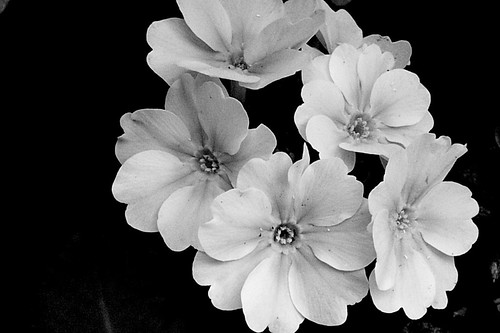
Photography Black And White Flowers
Black and white photography has a different lighting than color photography. Black and white will bring out contrasts in pictures. It focuses on texture, shadows, and also framing than color. These aspects should be emphasized on focusing the lighting. Black and white photography expresses a timeless and mysterious quality. This is the reason why it is favored by wedding photographers, artist, and even journalist.

Black and white photographs can give you the romantic or classical look you want no matter what the scene is, while not giving up any of the important parts of your subject in your pictures. Giving up color does not mean that you are giving up the best part of your photos; rather you may be adding a better landscape photograph, a better single subject portrait or even adding better techniques for improved pictures. Exploring all of your options for the avid photographer can be fun and an exciting way to build your skills as an amateur or budding professional photographer.

A flower, sometimes known as a bloom or blossom, is the reproductive structure found in flowering plants (plants of the division Magnoliophyta, also called angiosperms). The biological function of a flower is to mediate the union of male sperm with female ovum in order to produce seeds. The process begins with pollination, is followed by fertilization, leading to the formation and dispersal of the seeds. For the higher plants, seeds are the next generation, and serve as the primary means by which individuals of a species are dispersed across the landscape. The grouping of flowers on a plant is called the inflorescence.
Flower Photography Basics to Help Improve Your Photos
By Autumn Lockwood - Ezinearticles
To succeed at flower photography, you won't need any fancy equipment, but you will need to pay attention to detail. If you want to take beautiful flower pictures, like the ones in magazines, this article will help show you how you can do that with a digital compact camera. Many of us have taken a picture of a flower and thought it was perfect - that is until we saw it enlarged or on a computer screen.
Another problem many new flower photographer enthusiasts find is that their pictures come out blurry and out of focus. Blurry or poorly composed pictures are all things that are easy to avoid if you know what to do. The first thing to do is plan to take your flower pictures when the lighting is good and the wind is still. Even the most gentle breeze can cause enough of a quiver in the stem to create blur in a close up. Usually the calmest time of day is around dawn. Dawn is also the time when you can usually find the best lighting. But if you don't want to get up early, you can still get great flower pictures. Other good times for lighting are the hour before sunset and anytime there is high overcast (bright overcast). These times offer soft light without the dark, harsh shadows. The times just after dawn and before sunset add a warm glow. And if it's a little windy, you'll need to set up a blind or a temporary windbreak.
By Autumn Lockwood - Ezinearticles
To succeed at flower photography, you won't need any fancy equipment, but you will need to pay attention to detail. If you want to take beautiful flower pictures, like the ones in magazines, this article will help show you how you can do that with a digital compact camera. Many of us have taken a picture of a flower and thought it was perfect - that is until we saw it enlarged or on a computer screen.
Another problem many new flower photographer enthusiasts find is that their pictures come out blurry and out of focus. Blurry or poorly composed pictures are all things that are easy to avoid if you know what to do. The first thing to do is plan to take your flower pictures when the lighting is good and the wind is still. Even the most gentle breeze can cause enough of a quiver in the stem to create blur in a close up. Usually the calmest time of day is around dawn. Dawn is also the time when you can usually find the best lighting. But if you don't want to get up early, you can still get great flower pictures. Other good times for lighting are the hour before sunset and anytime there is high overcast (bright overcast). These times offer soft light without the dark, harsh shadows. The times just after dawn and before sunset add a warm glow. And if it's a little windy, you'll need to set up a blind or a temporary windbreak.

The other main cause of blurry or out of focus flower pictures is the camera, more specifically taking a close up without the proper setting. Depending on how close of a shot you want, set your camera to Portrait or Macro. The macro setting lets you shoot from within an inch up to a foot depending upon your camera (check your camera's manual). If using manual settings, choose a wide aperture (small F-stop number). All of the above settings sharpen the subject and put the background out of focus, even blur it.
Let's look now at turning that pretty flower into the perfect subject for your photo.
- Look for a flower with pristine undamaged petals. Or if you find a flower that's almost perfect, except for a ragged petal or two, simply remove them. If removing the petals will leave a gap then leave it alone and move on to another flower.
- Look for tiny bugs and loose particles like dust, and then remove with them with a soft, makeup or artist's brush.
- For a dewy look, gently sprinkle or spay the petals with a few drops of water.

Next it's time to compose your picture.
- Look at the flower from different positions to see what angle looks best in your viewfinder or preview LCD. Make sure to look for shadows and other things in the background that may not look good in your picture. Notice how the light plays from different angles. You should also look at taking your picture from different angles or vantage points. Try standing directly above the flower and then try lying on the ground to see which angle looks best.
- Make sure that if you're leaning over the flower you don't cast a shadow on it. And if the flower is backlit (which can create a nice, iridescent effect), avoid lens flare by using a lens shade or wearing a broad brim hat to prevent light from entering the lens.
- Also look at the tones in the background. Contrasting tones will make your image pop.

Once you find the best angle to take the flower, fill the viewfinder with the flower and use classic composition methods like the "rule of thirds" to position the flower in the best position in the camera frame. Then focus on the part of the image you want to be the sharpest - this could be the stamen, a ladybug, etc. Then keeping super steady, press the shutter down. As you can see, flower photography is all about detail. And how you display your flower photo also makes a difference so make sure to display it in a picture frame that compliments it.

Photography Black And White Flowers

No comments:
Post a Comment
Dear Visitors,
Please feel free to give your comment. For example, which pictures is the best? Thank you.